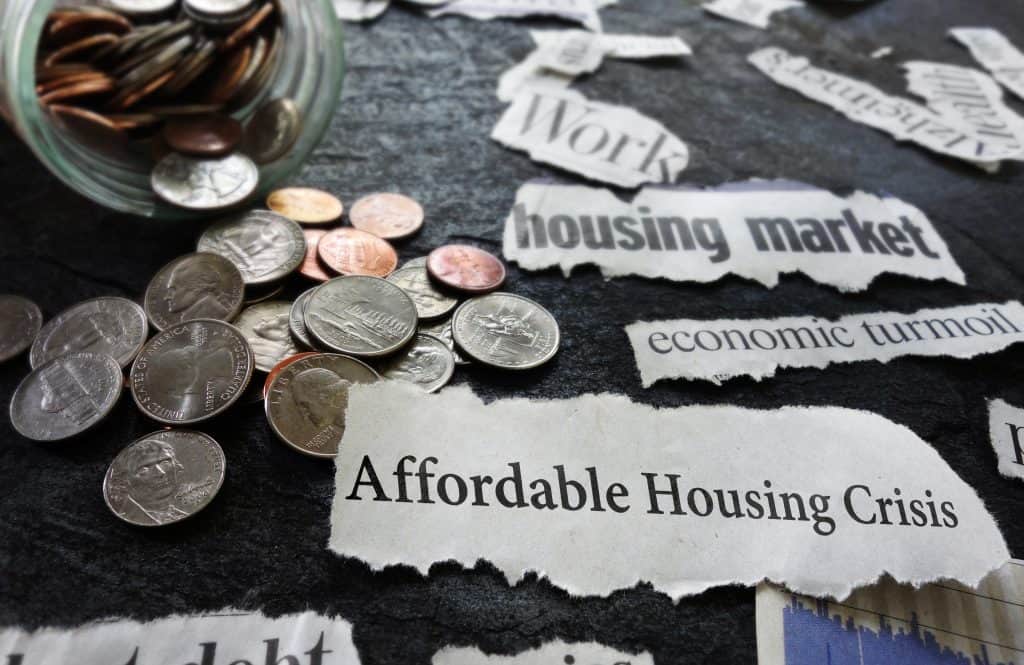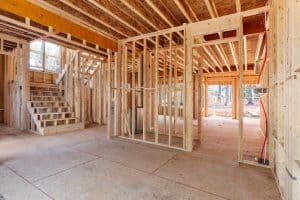Housing Affordability Crisis Continues to Worsen

The United States is in the midst of the worst housing affordability crisis in decades, and there doesn’t seem to be much hope that it’ll get better soon. In fact, many analysts predict it’s going to get worse.
 Zillow recently released a new analysis estimating between July 2023 and July 2024, home prices will go up by 6.5%.
Zillow recently released a new analysis estimating between July 2023 and July 2024, home prices will go up by 6.5%.
It’s hard on the surface to see why this would be the case—mortgage rates are extremely high, and people are nervous to buy. Their buying power has also significantly eroded from a couple of years ago, so why are the prices for homes stubbornly high and possibly going to soar higher?
According to the S&P CoreLogic Case-Shiller index, home prices usually go up around 5.21% a year, significantly lower than the anticipated rate of increase for the coming year.
Zillow economists wrote in their analysis that they believe the limited inventory of homes continuing to plague the market will play a big role in pushing home prices higher, even while mortgage rates are elevated. The inventory shortage continues to drive competition on the homes currently for sale.
In July, homes that went under contract did so in an average of 12 days. That was around a week and a half quicker than what was seen normally in 2018 and 2019. By the end of July, homes on the market declined more than 9% from last year. It was down a massive 46% compared to the typical amount before the start of the pandemic at the beginning of 2020.

Furthering the problem is the fact that builders are slow in getting new construction homes to hit the market. New listings are going on the market at the slowest pace recorded because many houses are still under construction.
The housing shortage is bolstering consumer demand. Then, in turn, prices stay pervasively high even though we’re also facing the highest rates for mortgages in more than two years.
Tight inventory and ongoing elevations in mortgage rates are probably at the same time going to limit sales volume in the coming months. Zillow economists project a 17% decline in home sales in 2023—that’s about 4.2 million home sales overall.
 The Federal Reserve aggressively raised rates above 7% last year for the first time in almost twenty years. Even though rates aren’t going down, it appears buyers may be adjusting.
The Federal Reserve aggressively raised rates above 7% last year for the first time in almost twenty years. Even though rates aren’t going down, it appears buyers may be adjusting.
Some have called the scenario we’re facing right now a reverse crash in housing. The prediction was largely that the market was facing a pending conventional crash, but that’s not what we’ve seen.
Another issue driving this phenomenon is that homeowners stay put for the time being, so they aren’t forced into a much higher rate on a mortgage if they were to move, which is tightening inventory even more.
It’s called a lock-in effect, and according to Redfin, new listings for homes and the total number of listings recently dropped to the lowest level of the year.
In Redfin’s survey, they found that 27% of homeowners who are thinking about listing their home in the coming year would feel more urgency if rates were to go below 5%. Forty-nine percent of possible sellers said they’d list their home if the rates were to go to 4% or lower.
Other issues driving the “reverse housing crash,” aside from low inventory and construction challenges, include demographic patterns, lending, and fewer foreclosures.
In terms of demographics, millennials now make up 43% of the housing market, preferring affordability, cost-effective locations, and the opportunity for DIY renovations. When it comes to lending, banks are being very conservative right now. If the guidelines on lending were to loosen up a bit, buyers might surge. However, that could push home prices even higher.
Foreclosures are also relatively uncommon right now, in contrast to a situation like in 2008.
Anyone considering buying a home this year or into 2024 will face challenges and headwinds. If you were to try and wait for rates to drop, that could mean a surge in competition and prices. If you could buy right now, it might be something to think about. Despite the affordability crisis, it’s not anticipated to let up any time soon. In fact, it could be quite the opposite, continuing to get worse.
